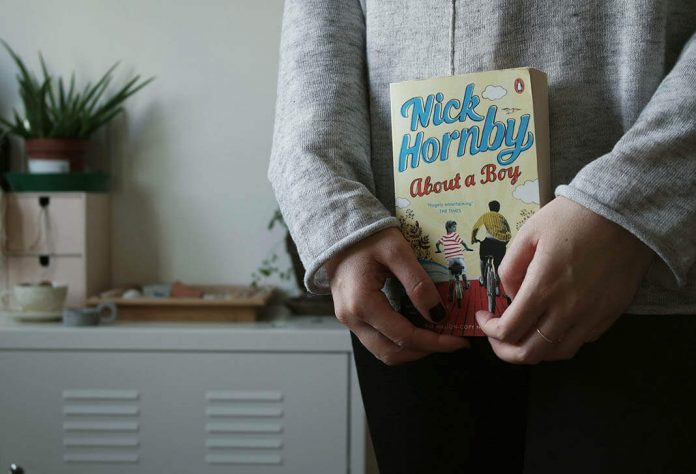Last Wednesday, several hundred people gathered on the third floor of Chicago’s Harold Washington Public Library for the opening of “Working in America,” a multimedia exhibition exploring how Americans find meaning in work and define themselves through their jobs. Twenty-four men and women were profiled for the exhibit, including a waitress, a police officer, a custodian, an escort, and a farmer.
“This is a tribute to the legacy of Studs”
A master of oral history, Terkel published a number of as-told-to books, including, in 1974, “Working: People Talk About What They Do All Day and How They Feel About What They Do,” the book that inspired the new exhibit. “Working” featured interviews with more than a hundred workers from all walks of life. The book, Terkel writes in the introduction, is about the search “for daily meaning as well as daily bread, for recognition as well as cash, for astonishment rather than torpor; in short, for a sort of life, rather than a Monday through Friday sort of dying.”

It became a best-seller—and, a few years later, a musical—thanks, in large part, to the intimacy and depth Terkel elicited from people who are not usually the subject of books.
One of those people, Gary Bryner, is in the new exhibit, too. “I picked Studs up at the Youngstown airport,” Bryner told me, recounting the time Terkel spent with him for the book. “He didn’t even have a hotel reservation. He said he just wanted to stay in a mom-and-pop place and all he needed was a phone.” This was 1972, and Bryner was president of U.A.W. Local 1112 at the Lordstown, Ohio, General Motors plant, where a twenty-two-day strike had captured national attention.
“I’d been interviewed by every major magazine and newspaper. I was on ‘60 Minutes.’ But Studs was different”
Terkel followed Bryner, who’s now in his seventies, for two days. “He had a glint in his eye. He wanted to know how this worked, how that worked. He couldn’t stop.
Saks sought a wide variety of subjects—some of them she knew of personally, and others she found through research. Roque Sanchez, a twenty-one-year-old custodian featured in the new exhibit, said he had never heard of Terkel before Saks contacted him. A formerly undocumented immigrant from Mexico, Sanchez works at a downtown Chicago office building.

“It’s definitely not the worst job,” he said. “But I like working. It’s essential to make something with my life.” Ava St. Claire, who is in her late twenties, didn’t know Terkel’s work before, either. St. Claire works as an escort in Orlando. “I love my job. It’s the best I’ve ever had,” she said. “I can’t imagine doing anything else.”
Saks is a lifelong Chicagoan and the president and artistic director of Project&, a Chicago-based arts organization. “I really wanted to do something on economic inequality,” she explained, as she introduced a panel discussion earlier that night, in the library’s Cindy Pritzker Auditorium. “It’s one of the greatest conflicts of our time.” Once she had decided to focus on the subject, she instinctively turned to Terkel. “My dad and Studs were friends,” she told me.
“As a kid, I’d sit in the back seat as they drove around the city. My dad smoking his pipe and Studs his cigar. They were like a pair from Jewish central casting”
Saks’s intention with “Working in America” is not to mimic Terkel’s masterpiece, she said, but to continue the conversations he started. “Everyone has a relationship with work,” she added. “Even those who don’t have a job.”
The exhibit, which will run until January 31st, is free and open to the public, and it includes two additional components: a weeklong radio series that kicks off on September 25th, on NPR’s “Weekend Edition,” and a Web site where people can upload photos and share their own stories.

Saks hopes that by the end of January she’ll have raised enough money from private foundations and individual donors to take “Working in America” to libraries throughout the country. Bryner, meanwhile, told me that he was pleased by how things had turned out, and encouraged by the attention. “I thought it was interesting people still cared,” he said.









